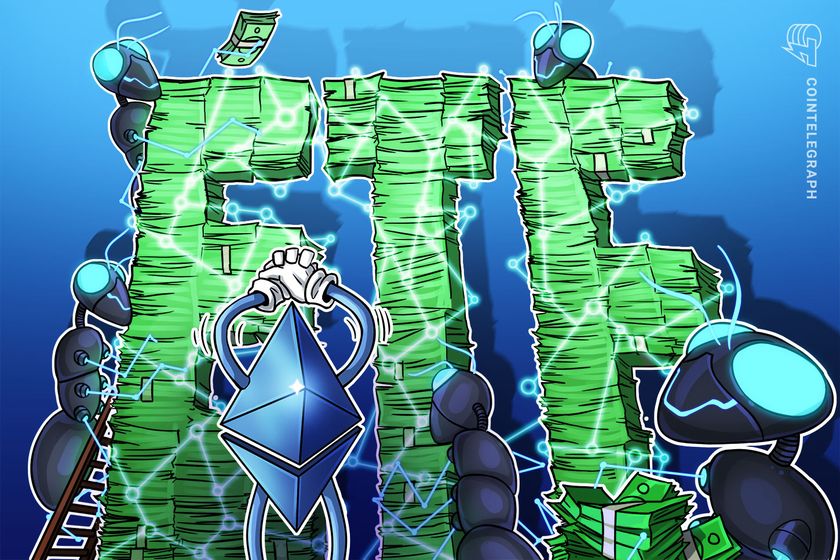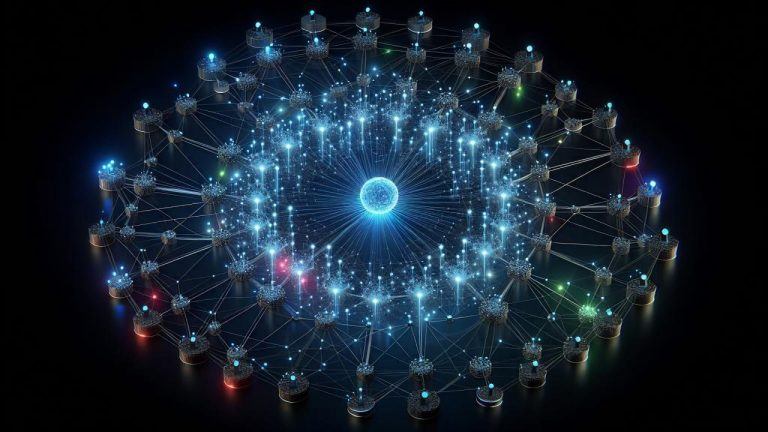Blizzard and Adobe tap generative AI tools to be ‘co-pilot’ to humans

The goal of introducing generative artificial intelligence tools by the two tech firms isn’t to replace humans but to help them.
Generative artificial intelligence tools are being rolled out by tech firms Adobe and Activision Blizzard, though each claimed the AI tools are there to assist humans in creating content and will not replace jobs.
On May 23, graphic software giant Adobe launched “Generative Fill” which will allow users to “generate content from inside Photoshop with a text prompt.”
Dream bigger with us. ✨ Introducing Generative Fill in the @Photoshop (beta) app – a new magical way to create extraordinary imagery from a simple text prompt, powered by #AdobeFirefly. Learn more: https://t.co/9AuYivfduj pic.twitter.com/tq21V4Szpe
— Adobe (@Adobe) May 23, 2023
The same day, The New York Times reported that Allen Adham, chief design officer at gaming firm Activision Blizzard, told employees in an email last month that it’s exploring the use of an image-generating AI to assist in game design.
Adobe’s new tool is intended to be a “co-pilot” alongside humans rather than to replace graphic designers.
Andrew Guerrero, vice president of global insights at Blizzard, voiced a similar sentiment, saying that the goal for its AI tool — Blizzard Diffusion — “is to remove a repetitive and manual process and enable artists to spend more time on creativity.”
Meanwhile, Adobe’s Asia-Pacific director of digital media and strategy, Chandra Sinnathamby, told The Guardian on May 23 that its tool was “intended as a co-pilot to speed up the process rather than to replace graphic designers altogether.”
Sinnathamby said precautions had been implemented to avoid confusion over what humans have made versus those generated by AI. Artists who contributed stock photos are also paid when used by the AI, he said.
Adobe and Blizzard are not the only technology companies excited by generative AI.
Related: AI financial tools: A smart way to manage money or a risky experiment?
On May 23, Nikesh Arora, the chief of the cybersecurity firm Palo Alto Networks appeared on Mad Money with Jim Cramer to tout the benefits of generative AI for cybersecurity.
He declared its implementation will significantly increase efficiency and allow the company to “double in size within the next few years without having to proportionally scale employees.”
The developments come as ChatGPT creator OpenAI warned that in 10 years, “AI systems will exceed expert skill level in most domains” and called for increased government oversight of AI development.
Many have aired concerns of the potential job losses due to the advancement and adoption of AI while others have claimed otherwise, saying the technology could create a similar amount of new jobs to those that are lost.
Magazine: ‘Moral responsibility’: Can blockchain really improve trust in AI?









